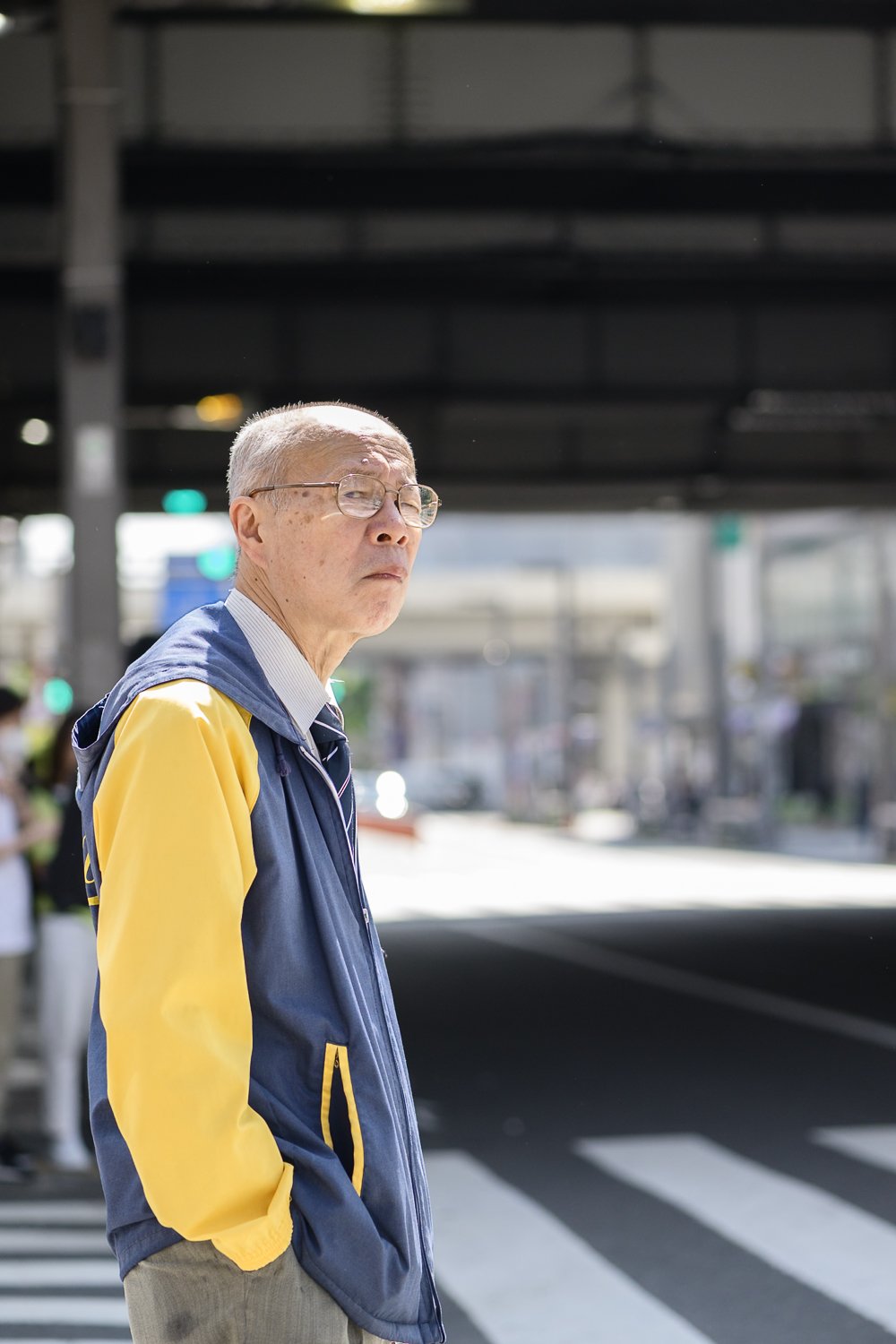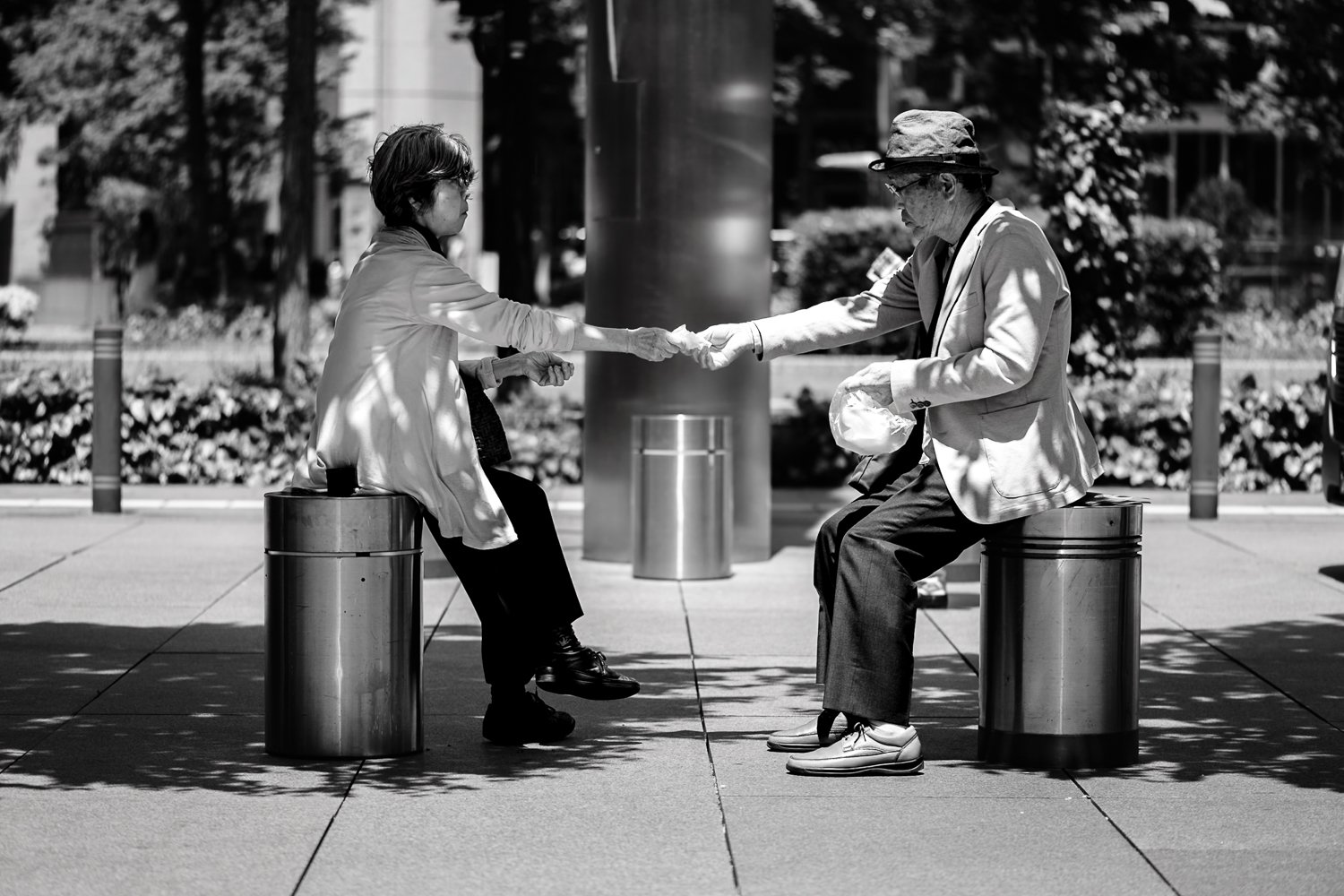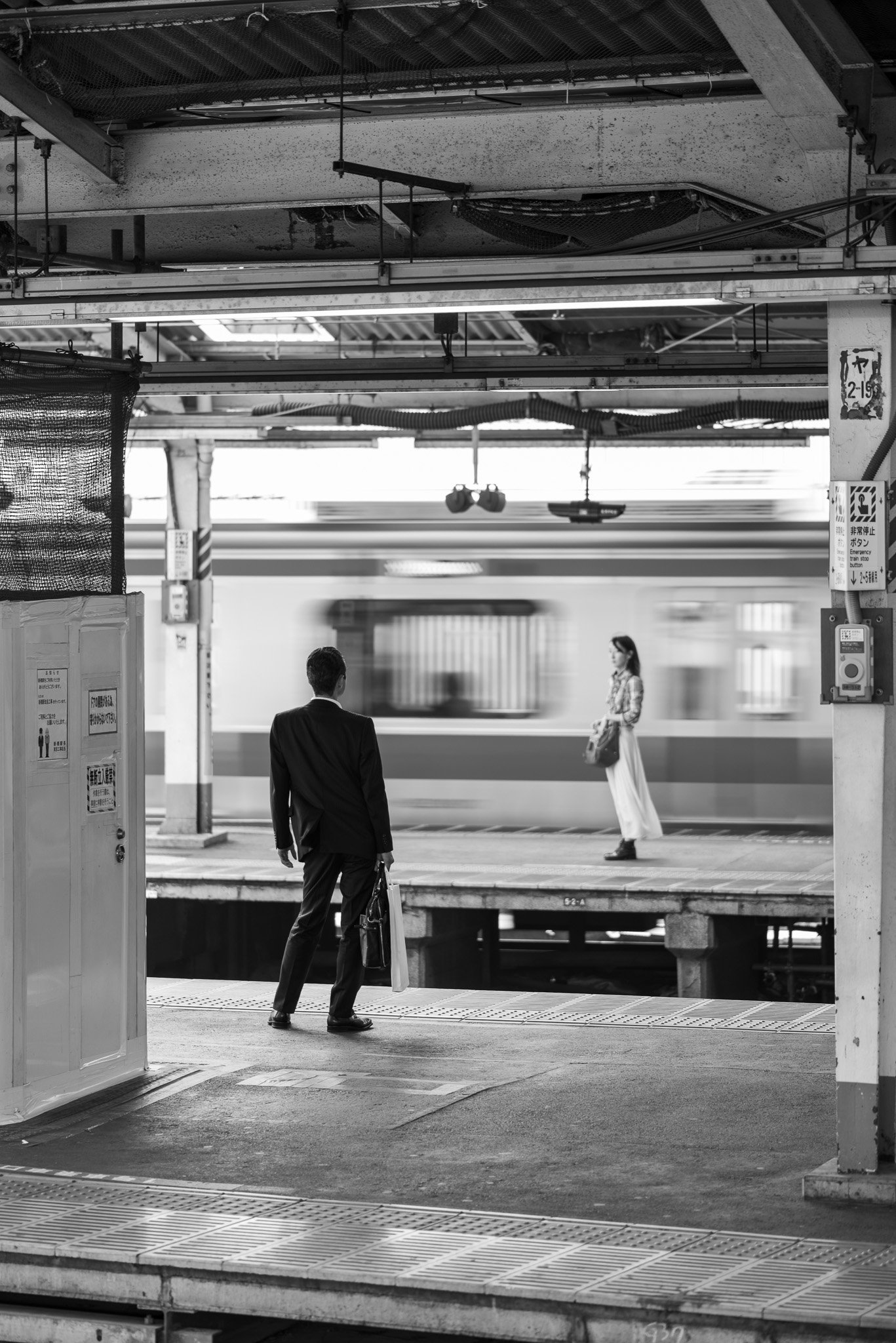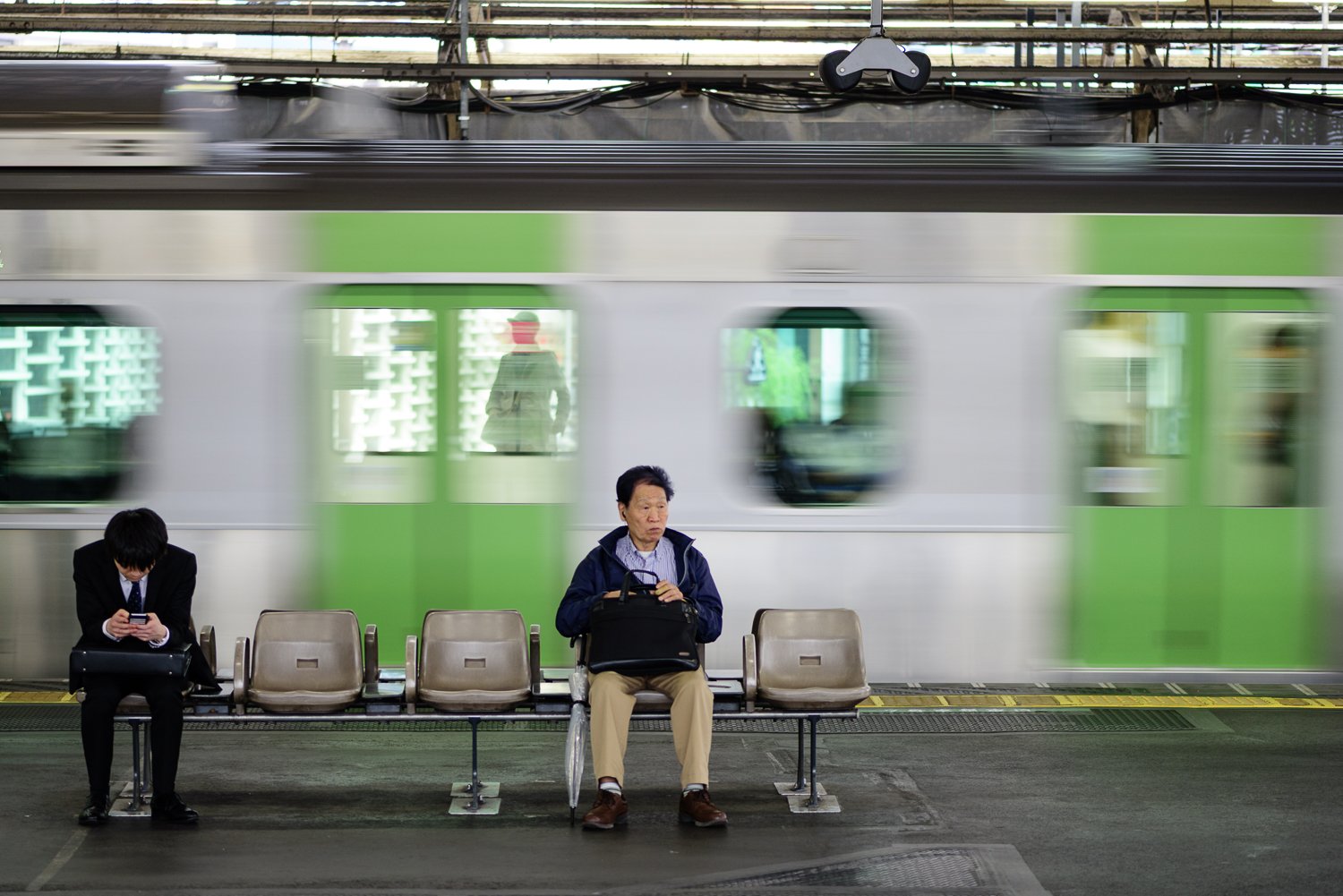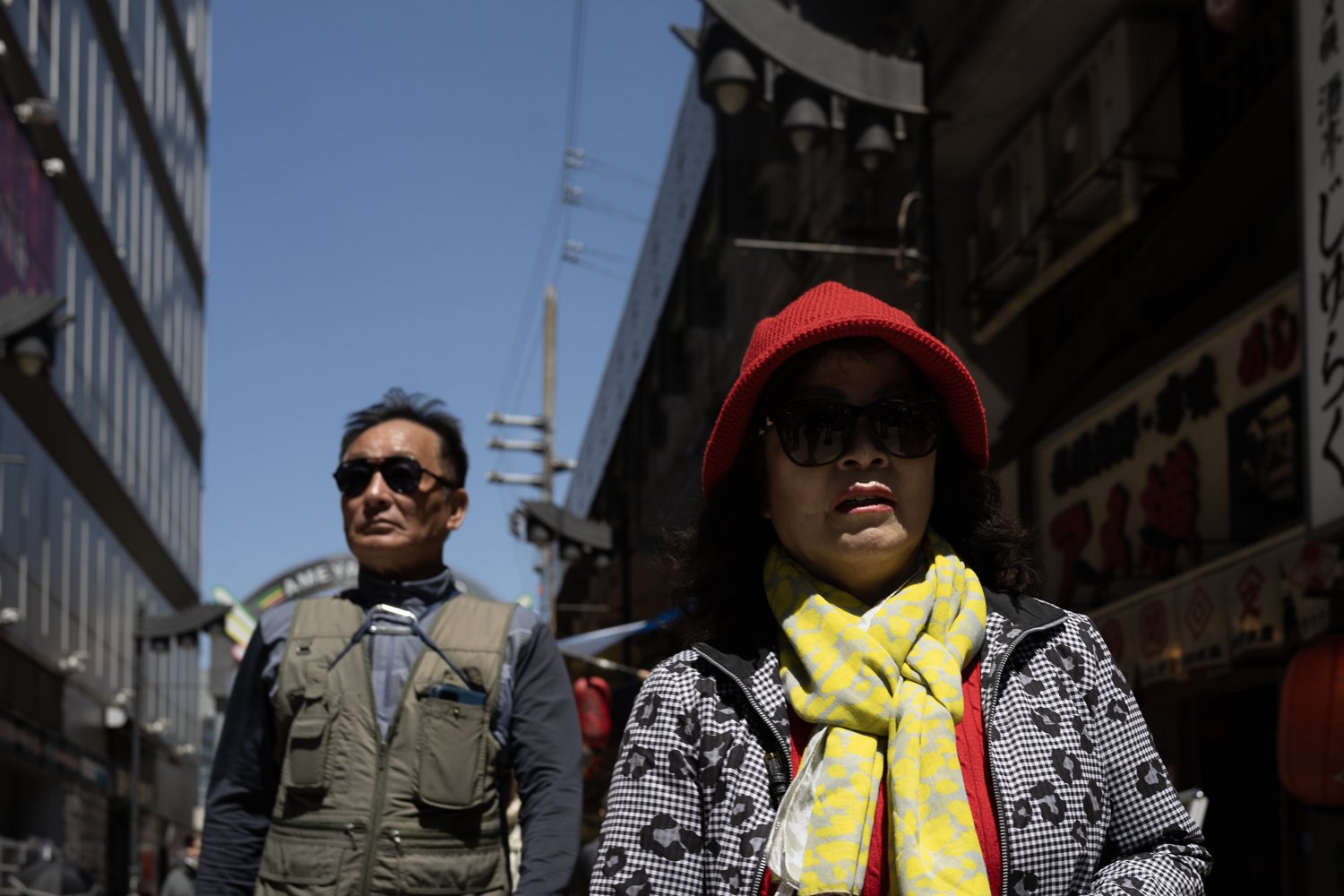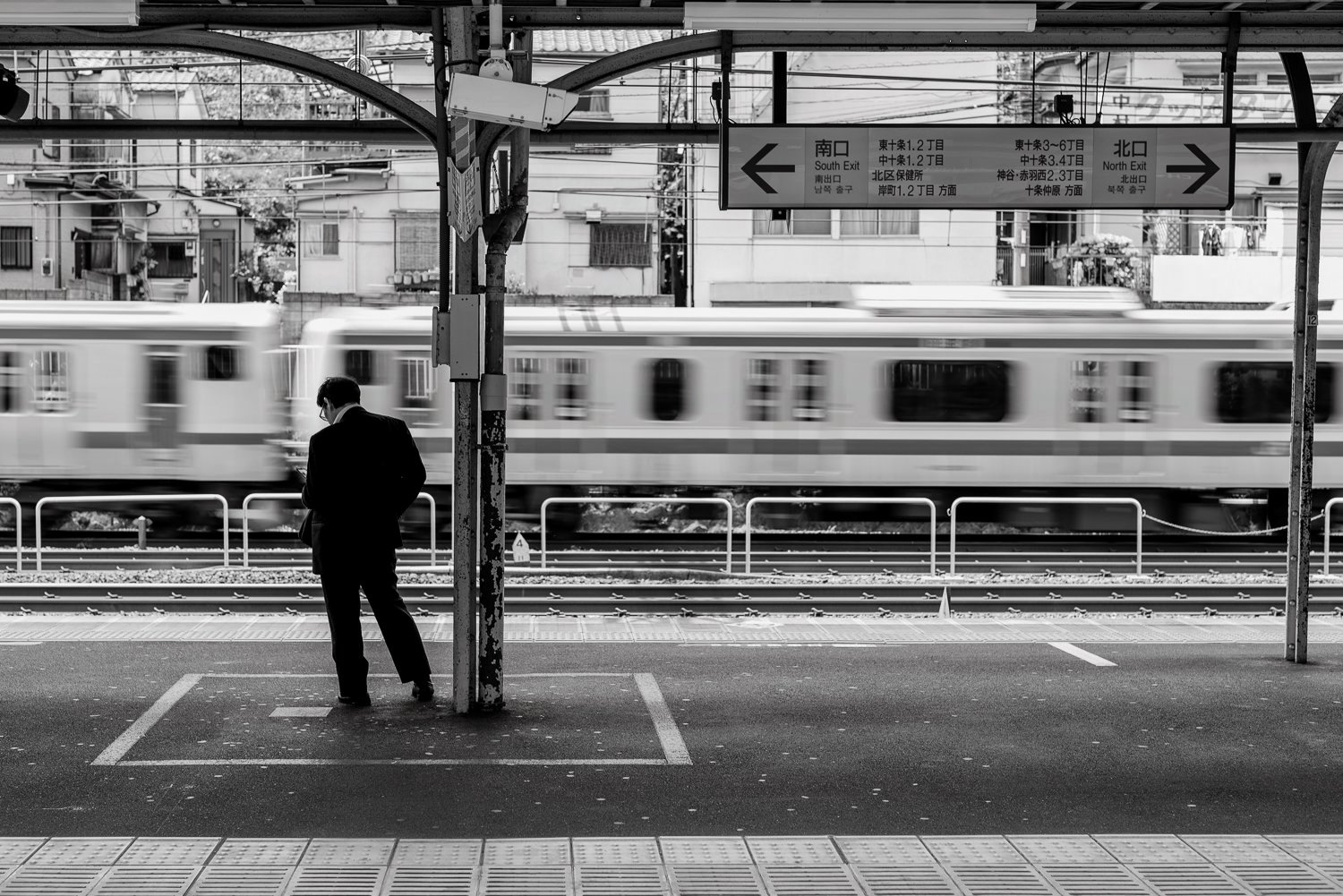
The Tokyo Forgeries Blog
Scroll Search or Click
Photo-Walk From Ueno to Kanda
Tokyo Photo Walk from Ueno to Kanda
Chasing Light, Moments and People In Akihabara
Chasing light and people in Akihabara
Uncovering the Top Street Photography Spot in Tokyo.
Ueno is Tokyo’s Best Street Photography Location
Working The Scene or Work The Location?
Working the scene at its core requires the photographer to move their feet. Improve upon the original composition with minor changes.
Chasing Light, Moments and People in Ueno’s Ameya-Yokocho Part 2
Ueno stands out as a top destination for anyone visiting Tokyo. Within its maze of paths, you will find food, clothing, a diverse crowd, shopping, and shrines. Numerous chances for photography are abundant. Ueno Ameyokocho is truly a paradise for street photographers.
Chasing Light, Moments and People in Ueno’s Ameyokocho.
Ueno is as good as it gets in Tokyo. Like most of the city, there can be too many tourists, but there is so much charm, history, locals, and just a hint of gentrification mixed in. This makes Ueno ideal for a street photography workshop. Did I mention the great light? I stop there any chance I get.
Chasing Light, Moments and People at the Tokyo International Forum.
The Tokyo International Forum is a must-visit place for any photo workshop in Japan. There are so many possibilities for great images here. I have been a hundred times, and it never disappoints.
Self-Fulfilling Street Photography is The Only Way
What is right the way to approach street photography? Do you follow your heart or follow the trends? What if my heart is in the trends?
Revisiting the Logic of Past Street Photography
How do you challenge yourself as a street photographer. Do you look at old work? Do you consider the how and why of being an artist? Is street photography art?
Street Photography: A Candid Perspective, Shooting from the Hip
Shooting form the hip in Ueno’s famous Ameyoko market on a sunny day.
Creative Recognition on the Path to Artistry of a Street Photographer
Claiming the title of artist is difficult as it requires mastery of craft and self.
The Fallacy of Focal Length in Street Photography
The conversation frequently revolves around which lens is best suited for street photography. While focal length undeniably influences composition and perspective, overemphasizing it can lead us astray, creating a fallacy that can hinder our creative expression.
Why the 85mm Lens is the Best Street Photography Lens
When diving into the world of street photography, the choice of lens can profoundly influence your ability to capture compelling images. Among the myriad of options, the 85mm lens has emerged as a favorite for many photographers.
The Loss of Context: How Over-Cropping Can Misrepresent Street Scenes.
In the instant photography and social media age, the art of capturing street scenes has evolved immensely. With just a click, anyone can take a snapshot of their environment and share it with the world. However, this accessibility also brings a significant challenge: the tendency to over-crop images. While cropping can enhance a photo's composition or highlight particular details, over-cropping risks stripping away crucial context, ultimately misrepresenting the story behind the photograph.
I Love Tokyo
Tokyo is such a wonderful city! It’s clean, safe, easy to explore, and filled with fun experiences. I truly feel blessed to call this vibrant place my home, where I can spend my time capturing the beauty of one of the most fascinating cities on earth. Sharing those photos online brings me immense joy, but nothing compares to the excitement of taking you on a photo tour of Tokyo!
In Tokyo, Colour Is Best For Street Photography.
I love to shoot in black and white. I love it so much that I purchased a camera that only shoots in black and white. That camera is the Q2 Monochrom by Leica. That is how much I love black-and-white street photography. This blog is almost entirely in black and white. Why suggest Tokyo looks best in colour? I think that it does.
Is The 1:1 Aspect Ratio Best For Street Photography?
I frequently use the Leica Q2 Monochrom and Nikon Z9 cameras. They have a common aspect ratio of 24 x 36 mm (3:2), ideal for landscape and portrait photography, appealing to the human eye. This ratio resembles televisions, theatres, computer screens, and most printed materials. Since many designs favour this ratio, why opt for a 1:1 aspect ratio?
Shibuya Crossing: Why Street Photographers Hate It, Why I Love It.
I want a moment. That is what I shoot in street photography. It is what I shoot in all other genres of photography as well. I don’t consider what is popular, what has been done before, just the moment. It must be a fraction of time expressed in a nearly tangible format. I need to be able to taste, smell, almost touch, and feel it. I fail at this all the time.
Rediscover Street Photography in Shibuya
Twenty years and three kids later, losing the confident innocence I once shot in the streets of Shibuya with became too easy. So much that I didn’t even realize it was gone. I love to shoot in all genres, but I am especially fond of street photography. I practice it daily, even when I don’t have a camera. Complacency can creep into any man’s life if you let it. This idea is the concept behind my namesake, Tokyo Forgeries—a daily reminder to strive for originality.
Tokyo Changes, Shoot It Before You Lose It.
Tokyo Changes
Cities are living things in a constant state of change. Tokyo is one of the biggest and most vibrant cities in the world. Its changes come fast and without warning. That new favourite shooting spot you found can vanish into thin air before returning for a second shoot.





